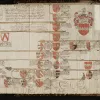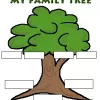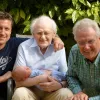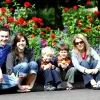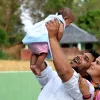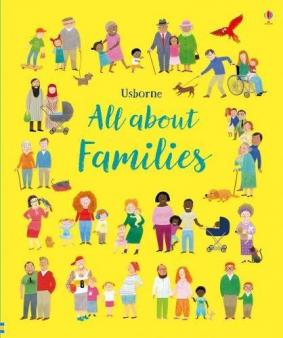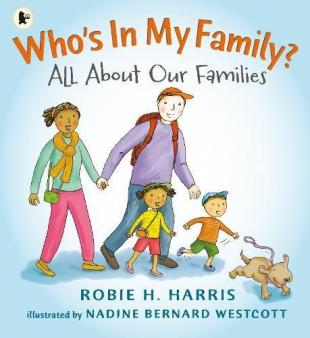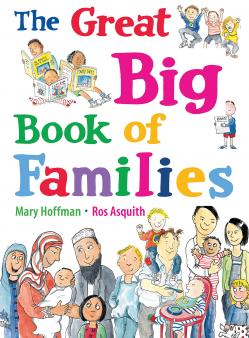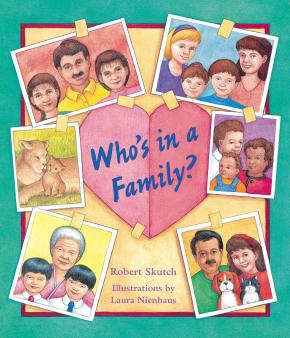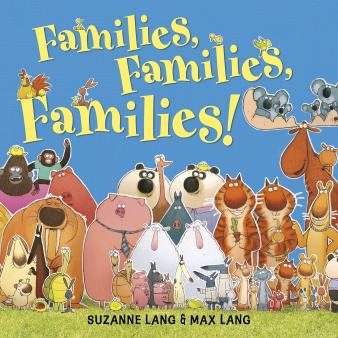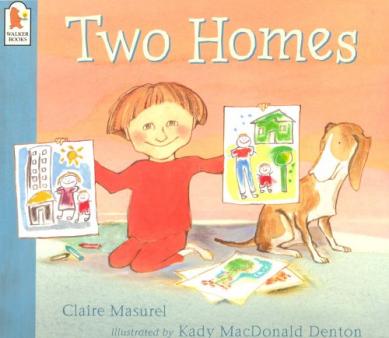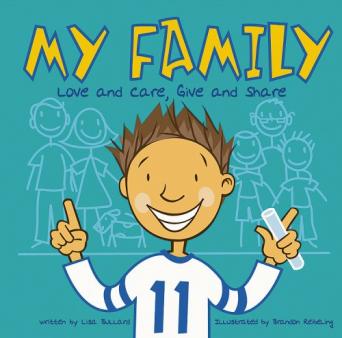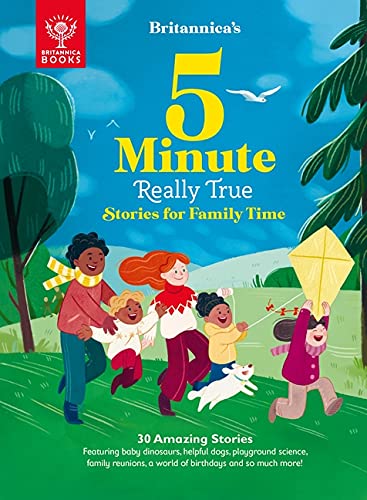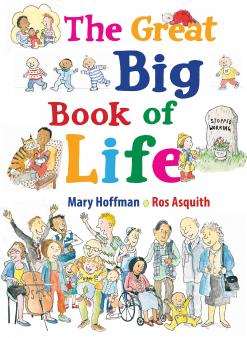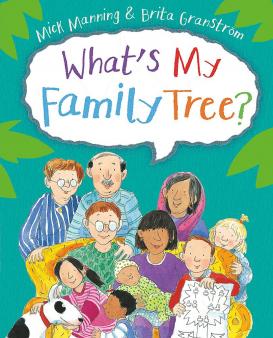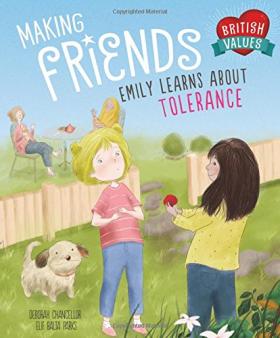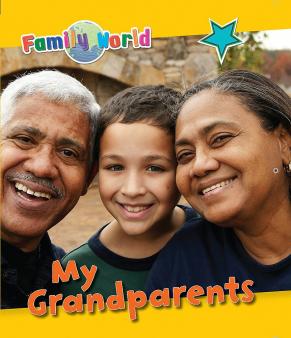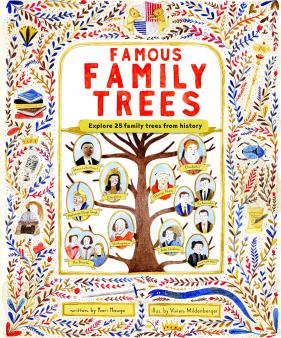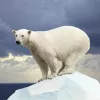TheSchoolRun.com closure date
As we informed you a few months ago, TheSchoolRun has had to make the difficult decision to close due to financial pressures and the company has now ceased trading. We had hoped to keep our content available through a partnership with another educational provider, but this provider has since withdrawn from the agreement.
As a result, we now have to permanently close TheSchoolRun.com. However, to give subscribers time to download any content they’d like to keep, we will keep the website open until 31st July 2025. After this date, the site will be taken down and there will be no further access to any resources. We strongly encourage you to download and save any resources you think you may want to use in the future.
In particular, we suggest downloading:
- Learning packs
- All the worksheets from the 11+ programme, if you are following this with your child
- Complete Learning Journey programmes (the packs below include all 40 worksheets for each programme)
You should already have received 16 primary school eBooks (worth £108.84) to download and keep. If you haven’t received these, please contact us at [email protected] before 31st July 2025, and we will send them to you.
We are very sorry that there is no way to continue offering access to resources and sincerely apologise for the inconvenience caused.
Family and friends
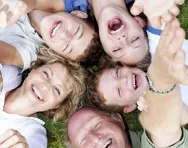
Your family are all the people who are related to you – you’re all connected by the same brothers and sisters, parents, grandparents, or aunts and uncles. Your friends are people who have the same likes or dislikes that you do, and who you like spending time with.
Your family all share the same DNA, which are tiny molecules in your body that have information about your genes. Your genes make up who you are – from the colour of your hair to the length of your toes. Your friends might not always share your DNA (you can be friends with your family too!), but you do share interests. For example, you might like the same games, television shows or hobbies.
Adoptive families are people who have decided to be mums and dads to children who don’t have their DNA, but who they want to raise as their own.
Top 10 facts
- There’s no limit on the number of friends and family you can have!
- Family members can be your friends too – friends are people who like spending time together, and that can include your brothers, sisters, cousins, mum and dad.
- There are different terms we use to tell how we’re related to people, like aunt, uncle, gran and granddad.
- Your mum and dad are called your parents, and brothers and sisters are your siblings.
- Families sometimes look like each other – they’ll have the same hair, or the same colour eyes.
- There are lots of different kinds of families, and they all have different relationships in them.
- Adoptive families are people who don’t have the same relatives, but who have decided to live together and care for each other.
- You can learn about people in your family who have died by asking gran and granddad, or looking up old records of when people were born, when they got married and when they died.
- If you’ve got one or two friends who you like spending time with more than anyone else, they’re your best friends.
- You can meet people who might become your friend just by saying hello, and asking them about the sorts of things they like to do.

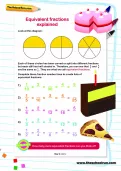
Start your child on a learning programme today!
- Weekly English, maths & science worksheets direct to your inbox
- Follows the National Curriculum
- Keeps your child's learning on track
Did you know?
- Your family is more than the people you live with – you might have cousins, aunts, uncles and grans who live somewhere else but are still part of your family.
- When a large group of family members get together who haven’t seen each other in a while, it’s called a family reunion.
- Children whose mum or dad might not be alive, or able to care for them anymore might be adopted or fostered into another family. That means they might not look like their new mum or dad, but they live together and care for each other.
- A step-family means that one parent has children who aren’t related to the other parent. Everyone might still call each other mum, dad, brother and sister.
- If your mum or dad has sisters and brothers, they are your aunts and uncles.
- Your aunts’ and uncles’ children are your cousins.
- Your grandmother is your mum or dad’s mother.
- Your mum or dad’s niece is your cousin.
Have a look through the gallery below and see if you can spot the following:
- An old family tree
- A blank family tree
- A family group
Gallery
About
Sometimes we talk about families in terms of generations. A generation is all the children who have the same mum. When those people have children, that’s another generation.
Your mum and dad are one generation older than you, and your grandparents are two generations older. Your cousins are the same generation as you.
The word ‘great’ is used before grandmother, grandfather, aunt and uncle to let us know how many generations older than us they are. Your great-grandmother is your grandmother’s mum – three generations older than you are. Your great-uncle is your grandfather’s brother – two generations older than you are.
People who are related to each other have some of the same DNA. DNA is a tiny chain of tiny molecules in your body, and it has information about your genes.
Genes make up who you are. Your genes say whether you’ll have black or blonde hair, or whether you’ll be tall or short. You get some genes from your mum and her family, and some from your dad and his family.
A family tree shows how people in a family are related. It’s called a tree because it shows different branches of a family – if a mum and dad had two sons and two daughters, each of those sons and daughters is a branch of the family. They’ll have their own children, who will have their own children, and that’s how the family tree grows.
We can learn a lot from our grandparents. They’ve lived a lot longer than we have, and can tell us what it was life was like when they were your age. For instance, they didn’t have DVDs, iPads, or mobiles.
Words to know:
Aunt – your mum or dad’s sister
Brother – a boy who has the same mum and dad that you do
Cousin – your aunt or uncle’s son or daughter
Grandfather – the dad of your mum or dad
Grandmother – the mum or your mum or dad
Grandparents – a word that describes all of your grandfathers and grandmothers
Parents – a word that describes both your mum and dad
Siblings – a word that describes all of your brothers and sisters
Sister – a girl who has the same mum and dad that you do
Uncle – your mum or dad’s brother
Related Videos
Just for fun...
- Watch a collection of KS1 BBC videos about families in which children are introduced to a wide range of family structures, all with the same love and care for each other
- Fill out this family tree diagram.
- What is DNA?
- Separate the DNA from an onion with a blender (click on DNA in a blender).
- Make your own DNA model.
- Find out more about the older members of your family by using the free resources from the Life Histories project: interview a relative, write about their life and prepare their biography.
- Gene Quest is a phone and tablet racer-style game from Centre of the Cell. Can you take on the role of a scientist and explore London to collect gene samples, health boosts and gene knockouts to boost your score and become a professor or even a Nobel Prize winner?
- Make your own DNA sequence bracelet or try origami DNA, making a paper model of a DNA double helix
Best children's books about family and friends
See for yourself
Watch a video about DNA and why it's important
Look at the DNA resources and investigations linked to the DNA Detectives book series by Dr Mandy Hartley, or listen to The DNA Detectives Podcast (suitable to children aged 7+)
